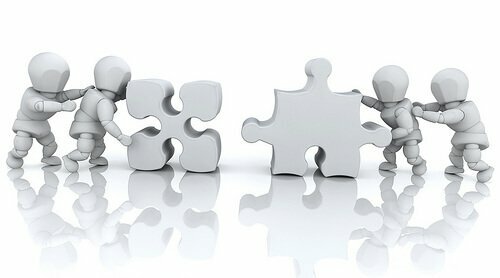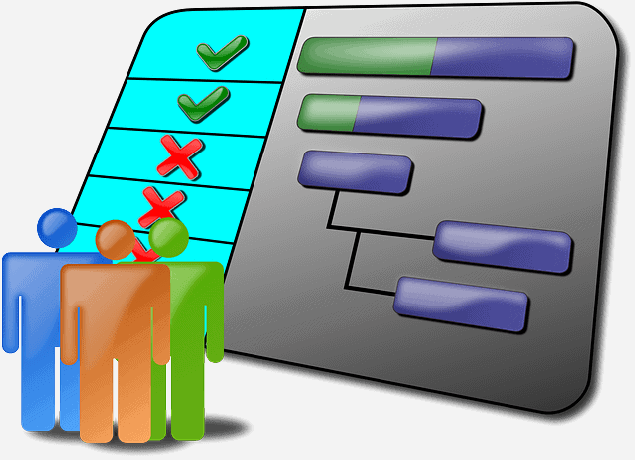Quantitative collection tools include questionnaires, standardized tests, observation structured, experiments, measurement instruments, diaries, databases and interviews structured. These facilitate the obtaining and analysis of numerical data for objective and statistical investigations.
Quantitative research is characterized by its ability to quantify relationships between variables, allowing you to obtain numerical results and perform statistical analyzes of the collected data. For this, it requires precise and systematic tools that can collect information in an objective and structured way. These tools, designed specifically to capture quantitative data, range from questionnaires and standardized tests to structured observations and databases, among others.
Advertisements

Each of these tools is chosen depending on the nature of the study and the type of data required, playing a crucial role in the validation and generalization of research results. With the proper use of these tools, researchers can address complex questions, develop theories and contribute significantly to the expansion of knowledge in various fields of study.
In this article you will find:
1.- Questionnaires or Surveys
- Description: A questionnaire is a series of structured questions designed to collect specific information from participants.
- Use: It is one of the most versatile tools, as it can be administered in various ways: on paper, online, by phone or face to face.
- Benefits: It allows information to be obtained from a large number of individuals and the responses are easy to code and analyze.
- Considerations: It is vital that the questions are clear and do not bias the answers. Likert, multiple choice, true/false scales, among others, can be used.
2.- Tests or Standardized Tests
- Description: They are instruments that seek to measure skills, abilities, knowledge or attitudes in a standardized way.
- Use: Very common in education (e.g. performance tests) and psychology (e.g. intelligence tests).
- Benefits: They offer consistent and comparable results between different individuals or groups.
- Considerations: Standardization is key; All participants must take the test under the same conditions.
3.- Structured Observation
- Description: It involves observing and recording specific behaviors or events following pre-established criteria.
- Use: It is useful in contexts where behaviors can be clearly defined and counted, such as classroom behavioral studies.
- Benefits: Provides direct data on real behaviors.
- Considerations: The observer must be well trained to ensure objectivity and consistency.
4.- Experiments
- Description: Designed to establish causal relationships by manipulating one variable and observing its effects on another.
- Use: Common in psychology, medicine (clinical trials) and social sciences.
- Benefits: They can determine cause-effect relationships.
- Considerations: They require careful design and control of extraneous variables.
5.- Measuring Instruments
- Description: Tools that collect quantitative data in natural and social sciences.
- Use: In medicine, to measure glucose levels; in environmental research, to measure levels of contaminants.
- Benefits: They provide precise and objective measurements.
- Considerations: It is crucial to properly calibrate and maintain instruments.
6.- Diaries or Records
- Description: They ask participants to document quantitative information on a regular basis.
- Use: Research on eating habits, daily expenses or moods.
- Benefits: They collect data in real time and in natural contexts.
- Considerations: They depend on the self-regulation and honesty of the participant.
7.- Databases or Administrative Records
- Description: Data sets previously collected and organized for various purposes.
- Use: Researchers can access censuses, medical records or sales statistics to perform quantitative analysis.
- Benefits: Large amounts of data already structured and ready to analyze.
- Considerations: It is vital to ensure the quality and relevance of the data.
8.- Structured Interviews
- Description: They have a fixed set of closed questions asked in the same way to all participants.
- Use: When you want to obtain specific and comparable responses between participants.
- Benefits: It allows you to obtain more detailed information than a questionnaire.
- Considerations: It is essential to maintain the structure and not deviate from the predefined questions.
Each tool has its advantages and limitations. The choice of a particular tool will depend on the nature of the research, the objectives, the research questions and the characteristics of the study population.


